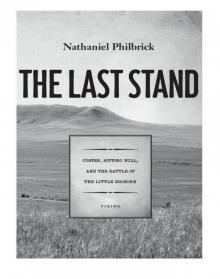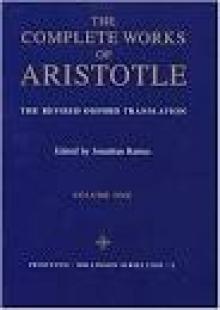The Last Stand: Custer, Sitting Bull, and the Battle of the Little Bighorn


Author: Nathaniel Philbrick
Category: Nonfiction
Published: 2010
Series:
View: 550
Read OnlineWatch a video Read discussion questions for "The Last Stand."
The bestselling author of "Mayflower" sheds new light on one of the iconic stories of the American West
Little Bighorn and Custer are names synonymous in the American imagination with unmatched bravery and spectacular defeat. Mythologized as Custer's Last Stand, the June 1876 battle has been equated with other famous last stands, from the Spartans' defeat at Thermopylae to Davy Crockett at the Alamo.
In his tightly structured narrative, Nathaniel Philbrick brilliantly sketches the two larger-than-life antagonists: Sitting Bull, whose charisma and political savvy earned him the position of leader of the Plains Indians, and George Armstrong Custer, one of the Union's greatest cavalry officers and a man with a reputation for fearless and often reckless courage. Philbrick reminds readers that the Battle of the Little Bighorn was also, even in victory, the last stand for the Sioux and Cheyenne Indian nations. Increasingly outraged by the government's Indian policies, the Plains tribes allied themselves and held their ground in southern Montana. Within a few years of Little Bighorn, however, all the major tribal leaders would be confined to Indian reservations.
Throughout, Philbrick beautifully evokes the history and geography of the Great Plains with his characteristic grace and sense of drama. "The Last Stand" is a mesmerizing account of the archetypal story of the American West, one that continues to haunt our collective imagination.
The bestselling author of "Mayflower" sheds new light on one of the iconic stories of the American West
Little Bighorn and Custer are names synonymous in the American imagination with unmatched bravery and spectacular defeat. Mythologized as Custer's Last Stand, the June 1876 battle has been equated with other famous last stands, from the Spartans' defeat at Thermopylae to Davy Crockett at the Alamo.
In his tightly structured narrative, Nathaniel Philbrick brilliantly sketches the two larger-than-life antagonists: Sitting Bull, whose charisma and political savvy earned him the position of leader of the Plains Indians, and George Armstrong Custer, one of the Union's greatest cavalry officers and a man with a reputation for fearless and often reckless courage. Philbrick reminds readers that the Battle of the Little Bighorn was also, even in victory, the last stand for the Sioux and Cheyenne Indian nations. Increasingly outraged by the government's Indian policies, the Plains tribes allied themselves and held their ground in southern Montana. Within a few years of Little Bighorn, however, all the major tribal leaders would be confined to Indian reservations.
Throughout, Philbrick beautifully evokes the history and geography of the Great Plains with his characteristic grace and sense of drama. "The Last Stand" is a mesmerizing account of the archetypal story of the American West, one that continues to haunt our collective imagination.
 Stranger At The Other Corner
Stranger At The Other Corner Fame
Fame Star Gods: Book Four of Seeds of a Fallen Empire
Star Gods: Book Four of Seeds of a Fallen Empire Various Works
Various Works Time Line
Time Line All About Nikki- The Fabulous First Season
All About Nikki- The Fabulous First Season A Capitalist in North Korea: My Seven Years in the Hermit Kingdom
A Capitalist in North Korea: My Seven Years in the Hermit Kingdom Employment Interview With A Vampire
Employment Interview With A Vampire